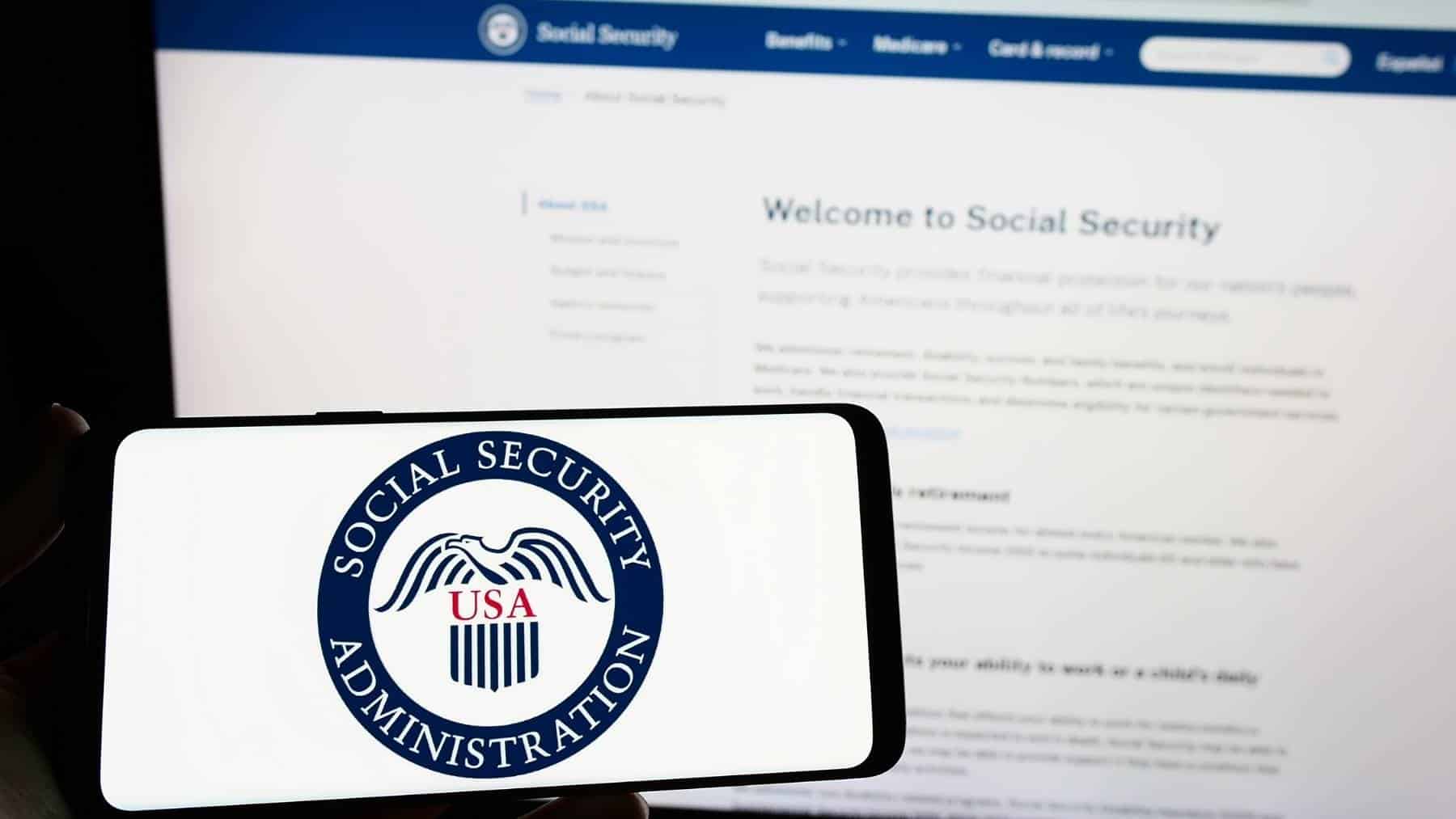The Social Security Administration (SSA) has implemented new online procedures that could impact how retirees’ access, manage, and communicate about their benefits. The SSA is making changes to its services in order to improve efficiency, security as well as consumer experience.
Why the Shift to Digital?
As with many other government agencies, the SSA is adapting to the new digital transformation age. There are over 70 million Americans relying on Social Security programs and the agency has been under immense pressure to streamline services, reduce waiting times and mitigate fraud.
The SSA has confirmed there are several online new rules and procedures which will change how retirees request services.
Key Online Changes Retirees Need to Know
- Stronger Identity Verification Requirements
To improve security and protect against fraud, the SSA has implemented stricter identity verification measures for online accounts. This simply means that when you log onto your online account, there is a strict authentication process that you need to go through.
Apart from your password, you will need to verify your identity via a pin code which will be sent to your email or cell phone. In certain cases, you’ll be requested to upload identification documents or do a live video to confirm your identity.
While this might feel like a hassle, it’s designed to keep your benefits safe from identity theft.
- Online-Only Service Options Expanding
There are many services that are now available online, which once required a phone call or in person office visits.
- You can now request a replacement for a lost Social Security card
- You can change your direct deposit information
- Updating mailing addresses
- Checking the status of an application or appeal
- Limited Phone and In-Person Support
Here’s where things get tricky: the SSA is reducing its reliance on in-person and phone support for certain routine tasks. While local field offices are open again, wait times for phone support are long, and appointments are harder to come by.
SSA officials are encouraging the public to use online services as the first point of contact. This means if you’re trying to call about a lost payment, an address change, or application status, you may be redirected to the website.
In other words, retirees are now expected to start with the digital platform and only escalate to a live representative if the issue is complex or can’t be resolved online.
How to Prepare
As the SSA transforms into the digital space, here are a few things that you can do:
- Create and manage your online SSA account.
- Make yourself familiar with the portal with the online system: Navigate the dashboard. You can check your earnings record, estimate future benefits, and manage your personal information.
- Secure your devices: Since more of your sensitive data will be accessed online, make sure your computer or smartphone is protected with up-to-date antivirus software and strong passwords.
- Keep documents handy: For identity verification, be ready to provide your driver’s license, Social Security number, and possibly even a utility bill or bank statement.
It is important for recipients to understand that Social Security isn’t just changing, it is moving toward the digital system. Even though these new rules are meant to improve the system, it also puts more strain on beneficiaries to understand the system.
The important message here is not to wait until you need help to learn the system. Take a proactive approach by setting up your online account and exploring your options now. That way, when you do need assistance—from updating your bank info to checking your benefit status—you won’t be caught off guard.
In the digital age of retirement, knowing how to navigate the SSA online isn’t just convenient—it’s essential.

